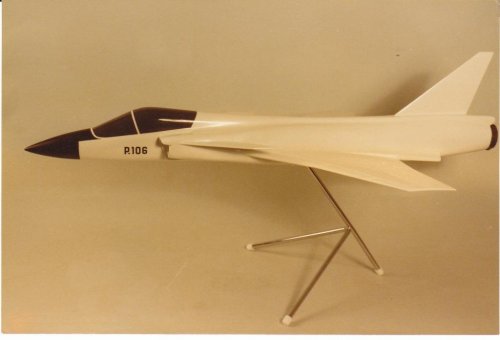While Sweden was pursuing what became the Gripen, we know of two states that were also pursuing light fighter/attack types.
Israel, with it's Lavi.
Yugoslavia with it's Novi Avion.
So my question is what would have happened if either or both these efforts had reach production, service and potential for export?
Who would have bought them besides the states that produced them?
Could Israel have exported the Lavi considering it's US sourced elements?
Could Yugoslavia (assuming it had not broken up) have exported the Novi Avion with French sourced components? would'nt this compete with French efforts to export Mirage 2000's?
We know the Swedes had a number of problems exporting thanks to US sourced elements, most notably with Finland which ended up buying the F/A-18 Hornet.
We also now see that in to date not that many Gripen have actually been bought, though there is more potential for the future with Brazil.
However we also saw a number of states renovate numbers of Mig21's for example, rather than buy new.
I might also mention India's LCA...Tejas, but this is not a poster child for speedy progress sadly.
Israel, with it's Lavi.
Yugoslavia with it's Novi Avion.
So my question is what would have happened if either or both these efforts had reach production, service and potential for export?
Who would have bought them besides the states that produced them?
Could Israel have exported the Lavi considering it's US sourced elements?
Could Yugoslavia (assuming it had not broken up) have exported the Novi Avion with French sourced components? would'nt this compete with French efforts to export Mirage 2000's?
We know the Swedes had a number of problems exporting thanks to US sourced elements, most notably with Finland which ended up buying the F/A-18 Hornet.
We also now see that in to date not that many Gripen have actually been bought, though there is more potential for the future with Brazil.
However we also saw a number of states renovate numbers of Mig21's for example, rather than buy new.
I might also mention India's LCA...Tejas, but this is not a poster child for speedy progress sadly.

